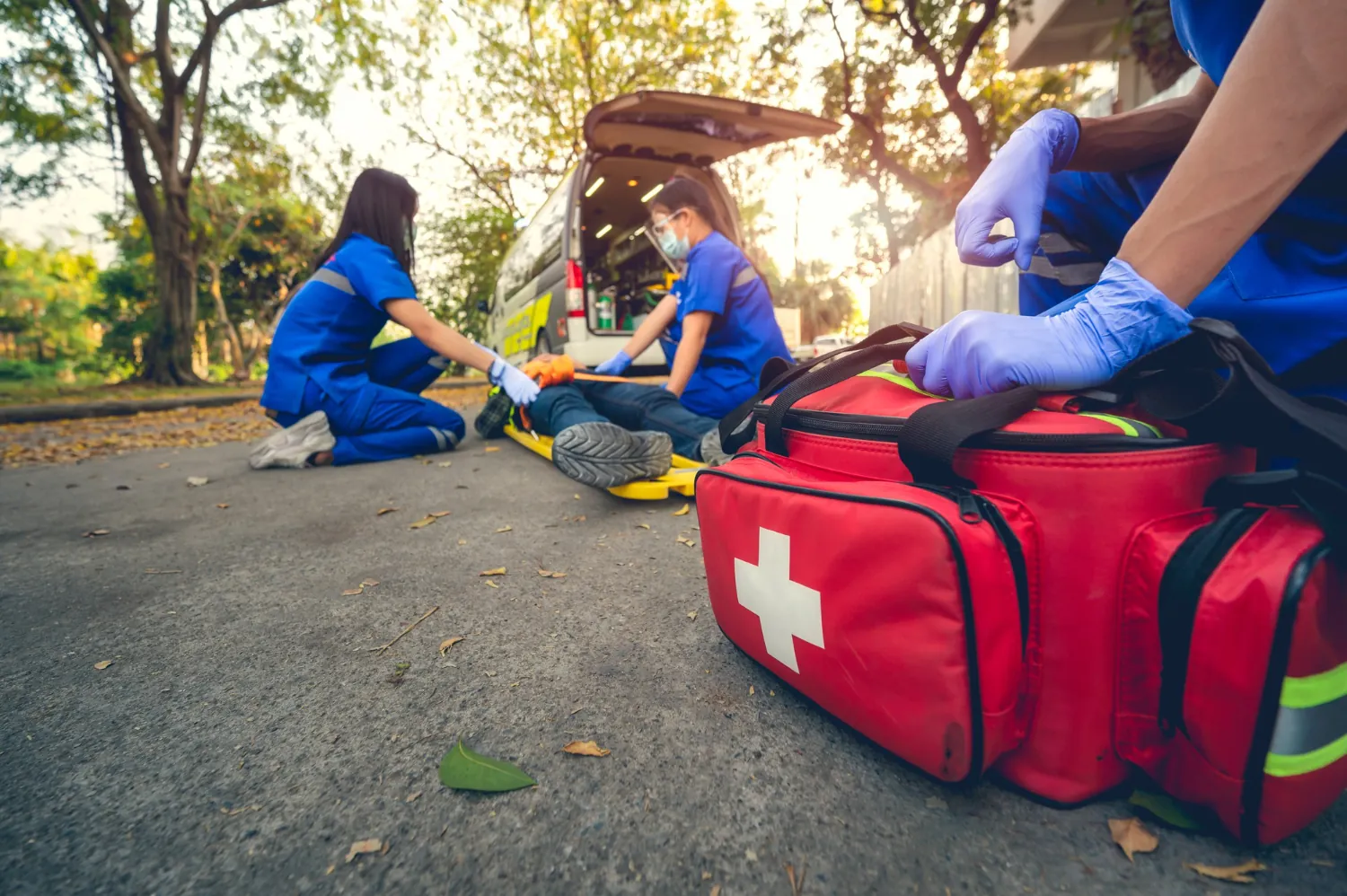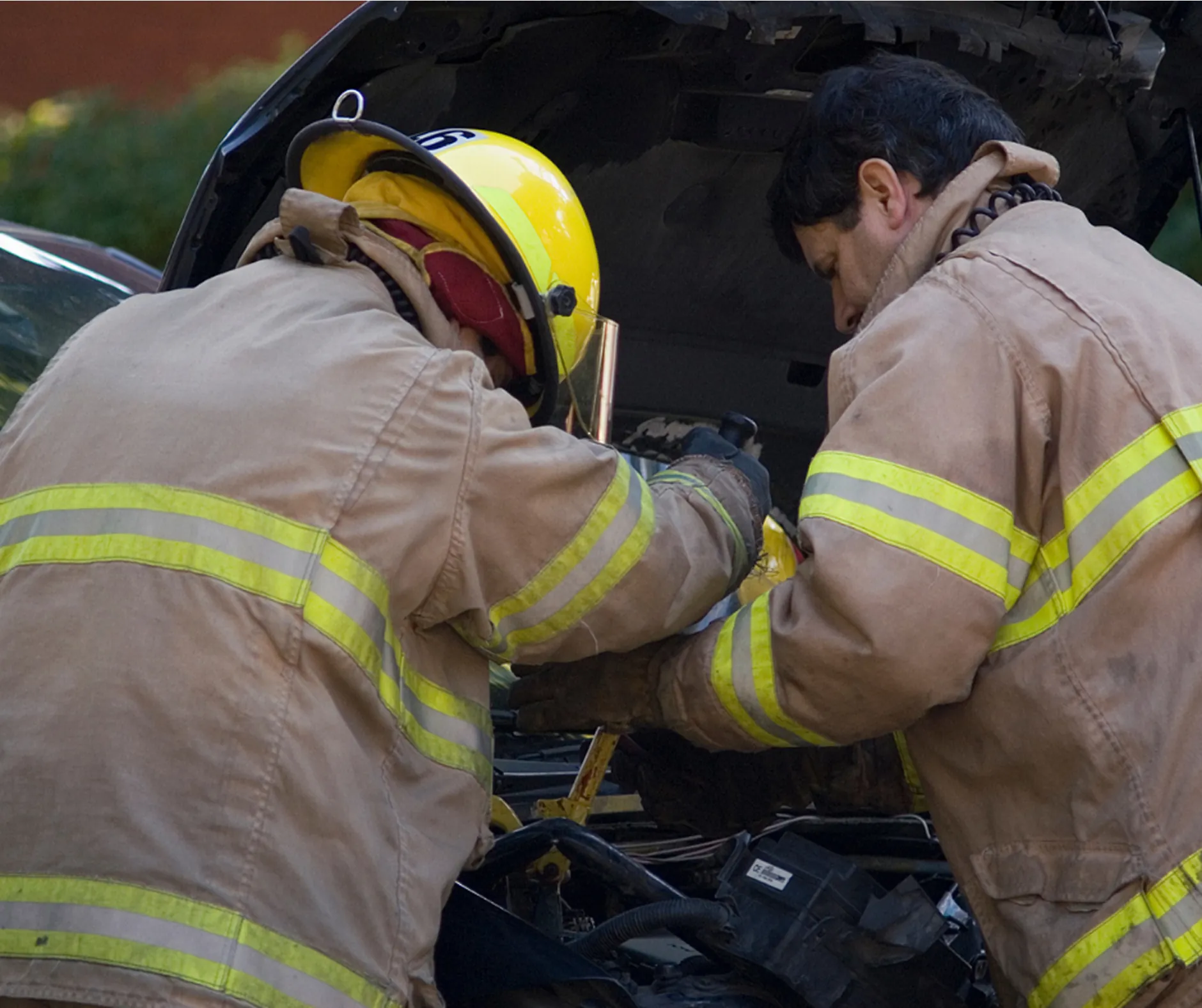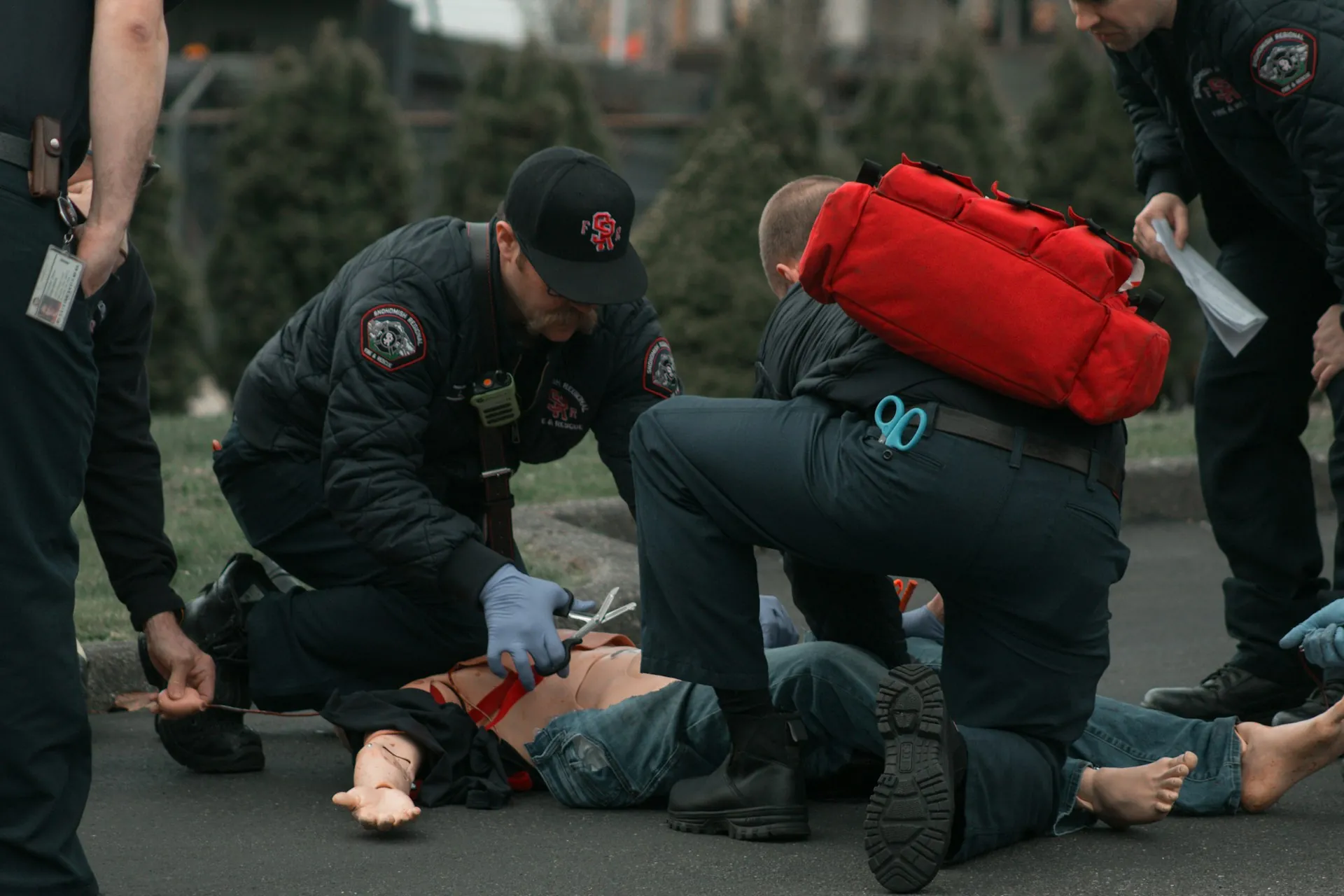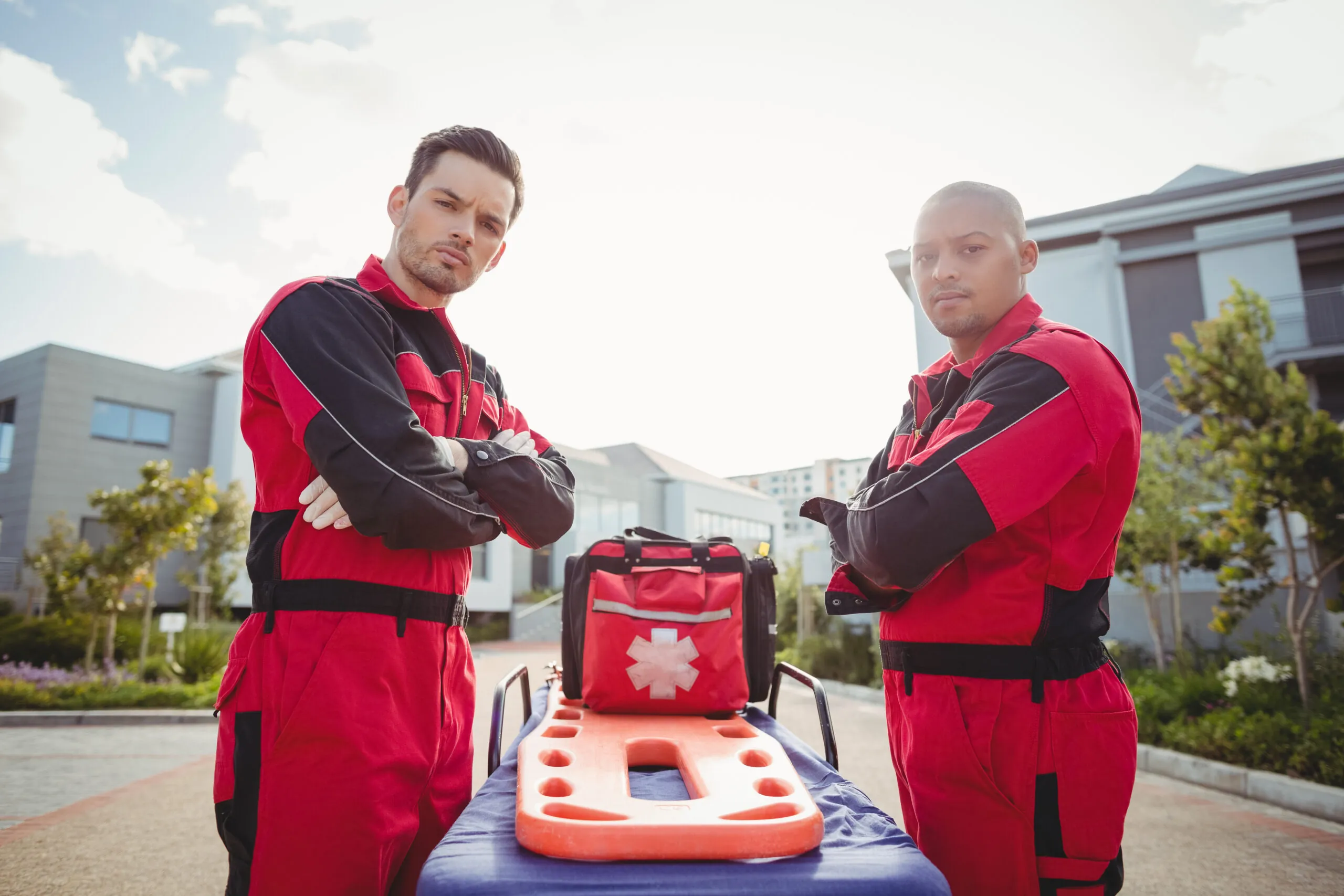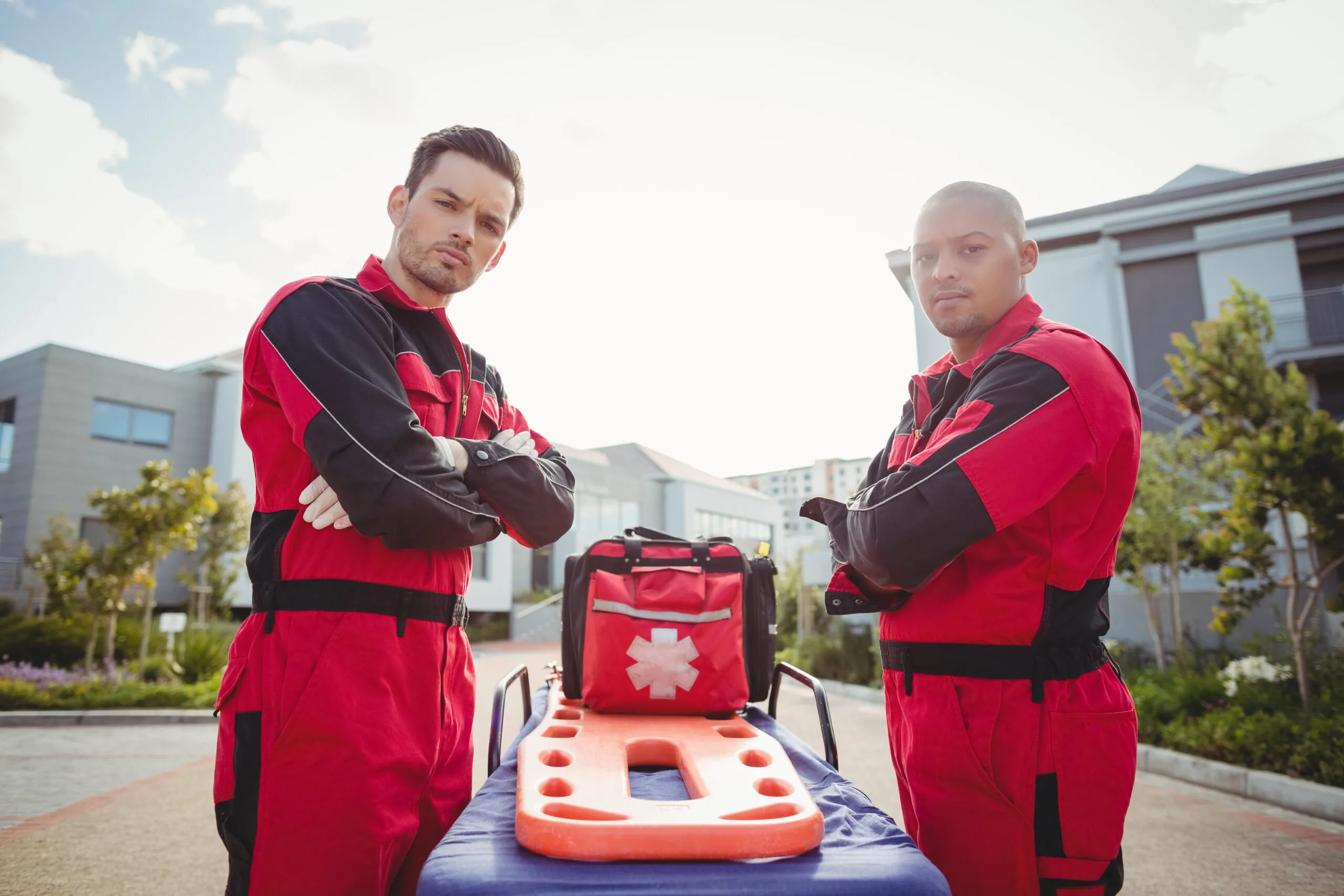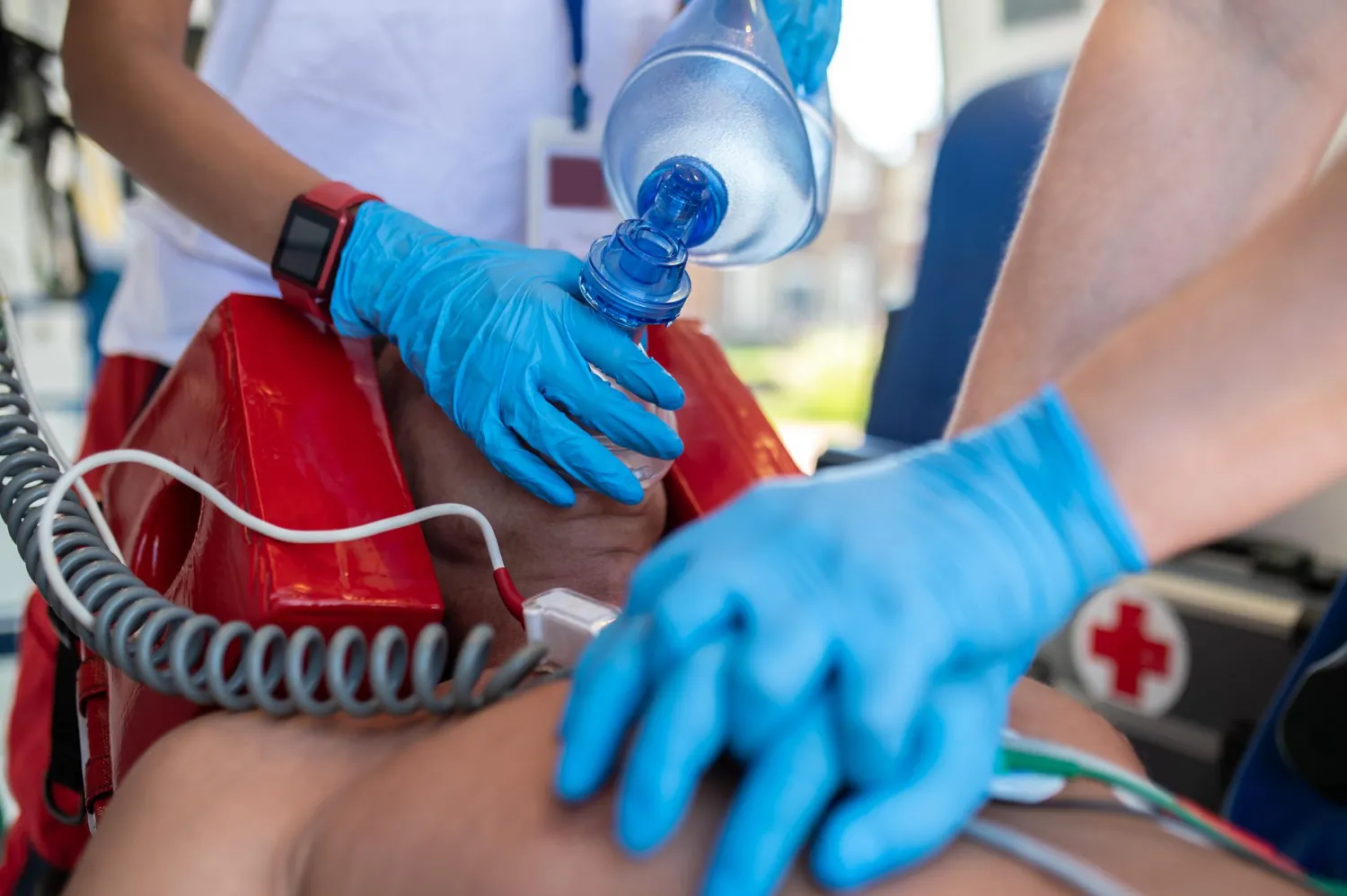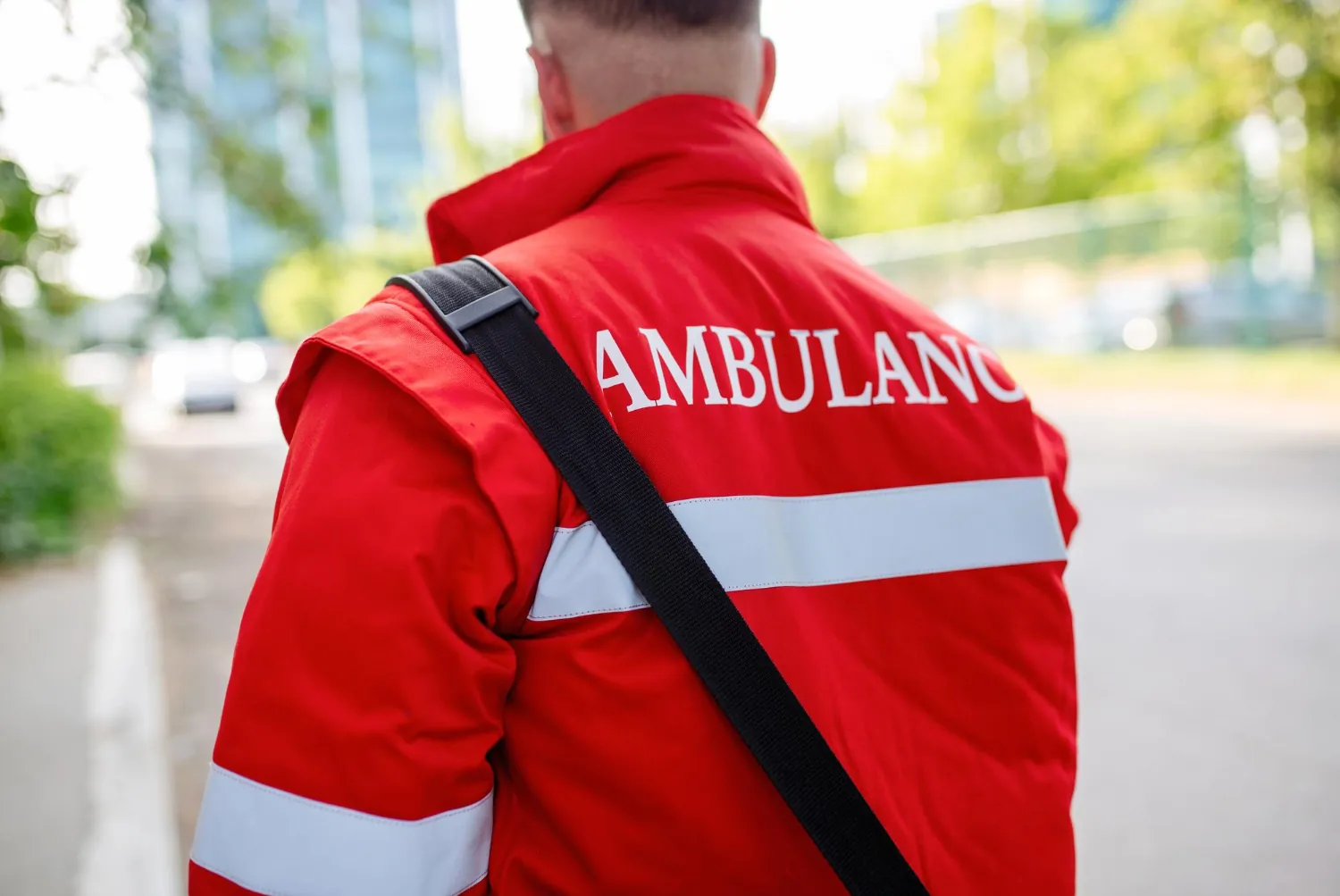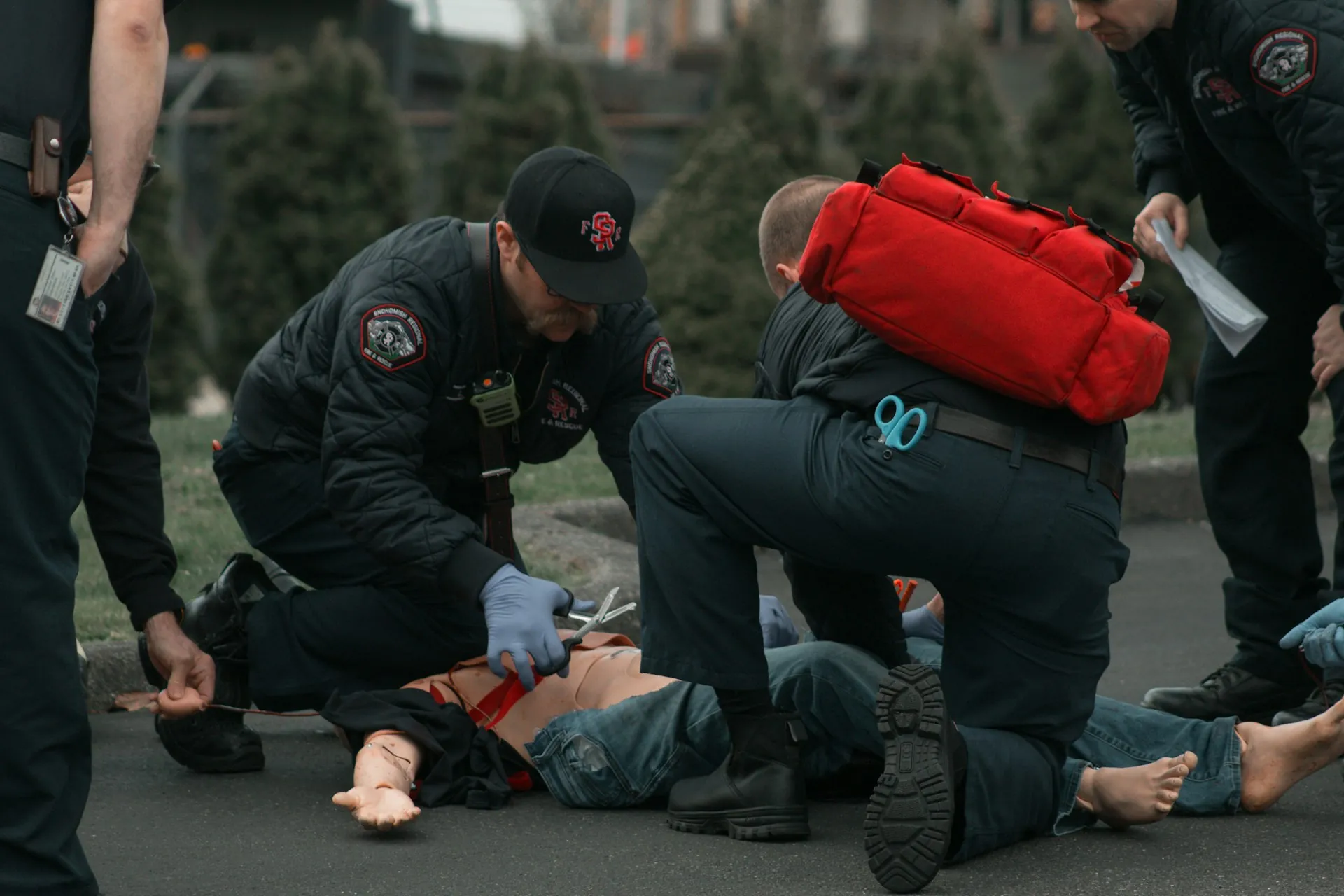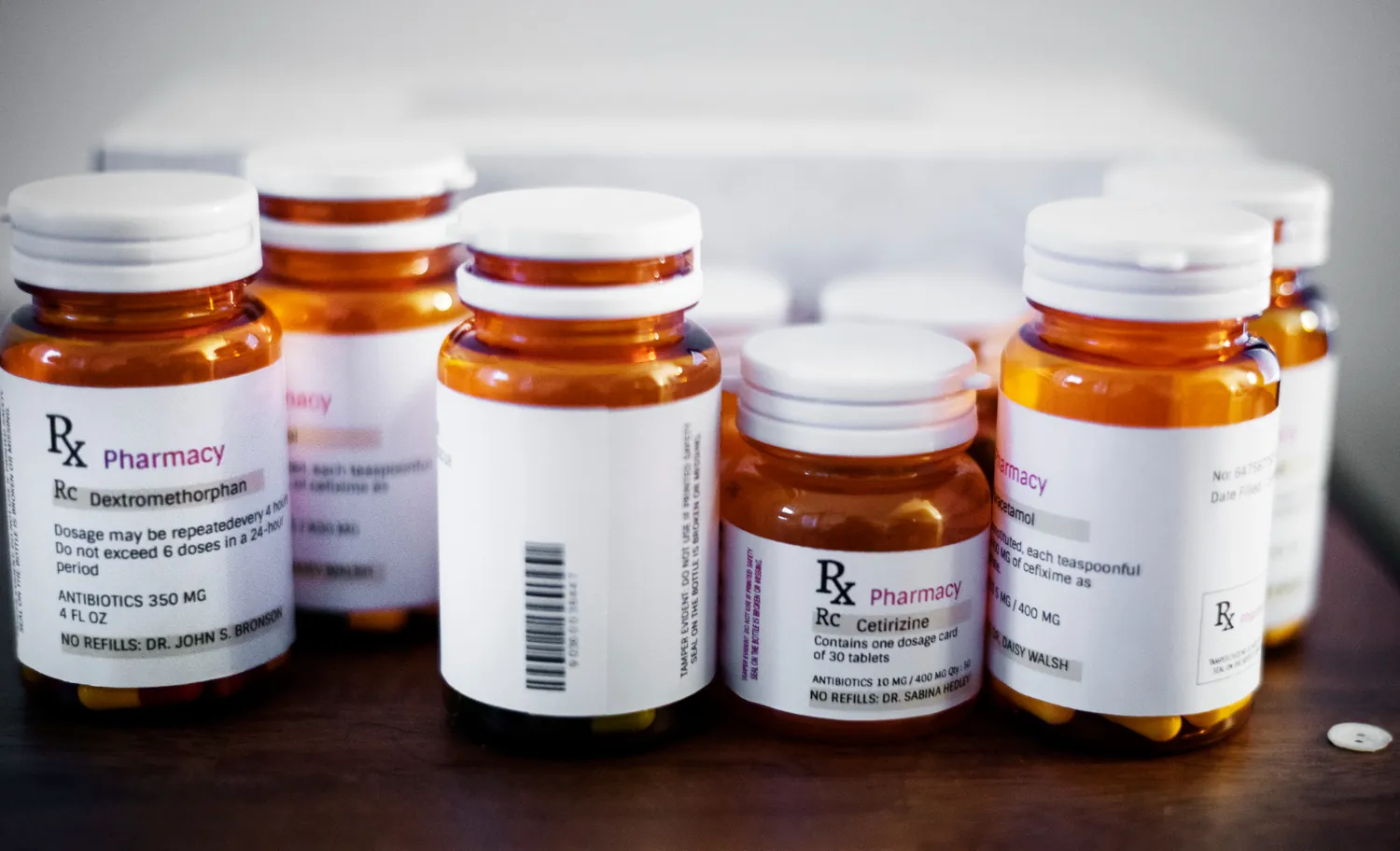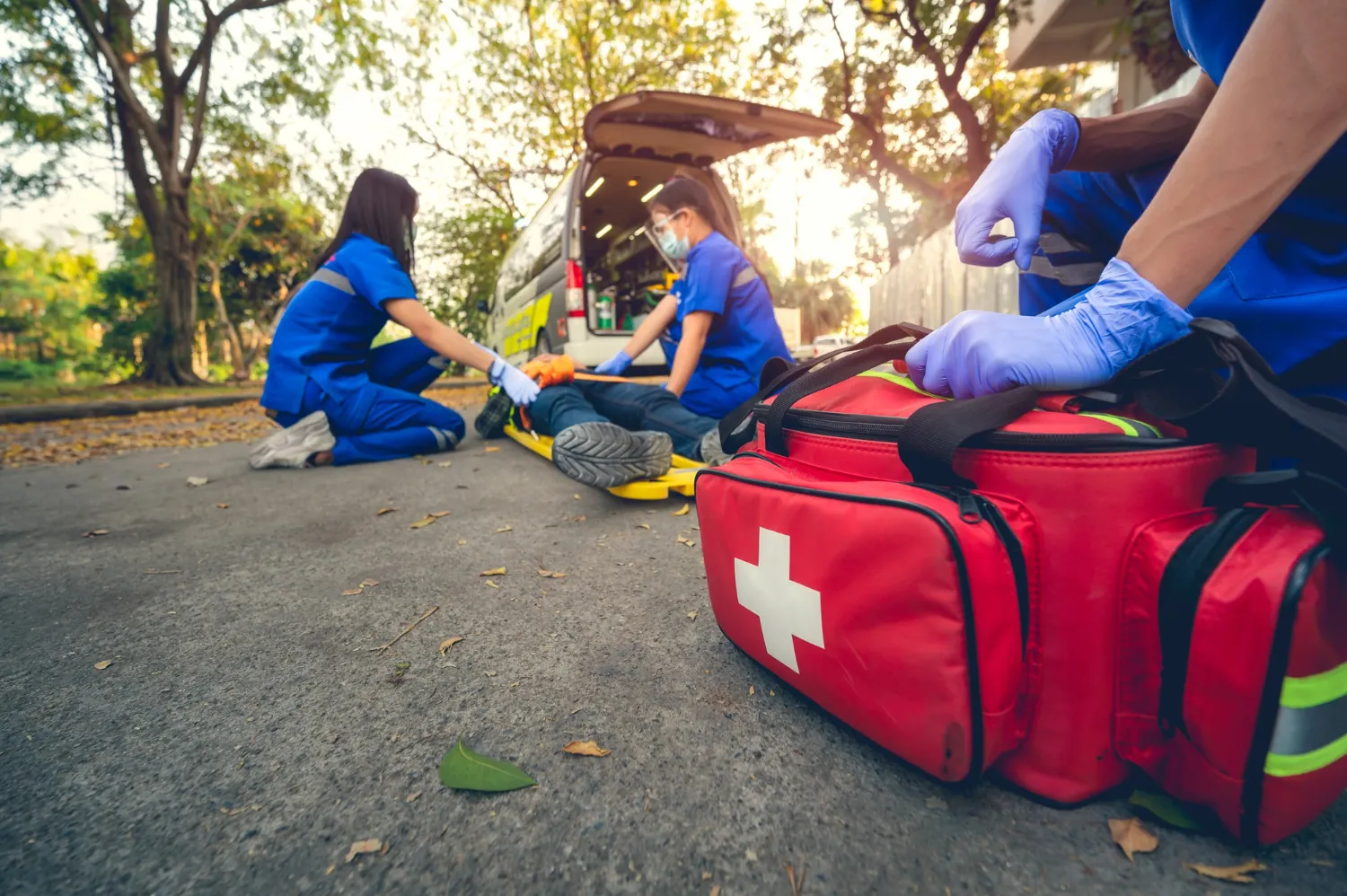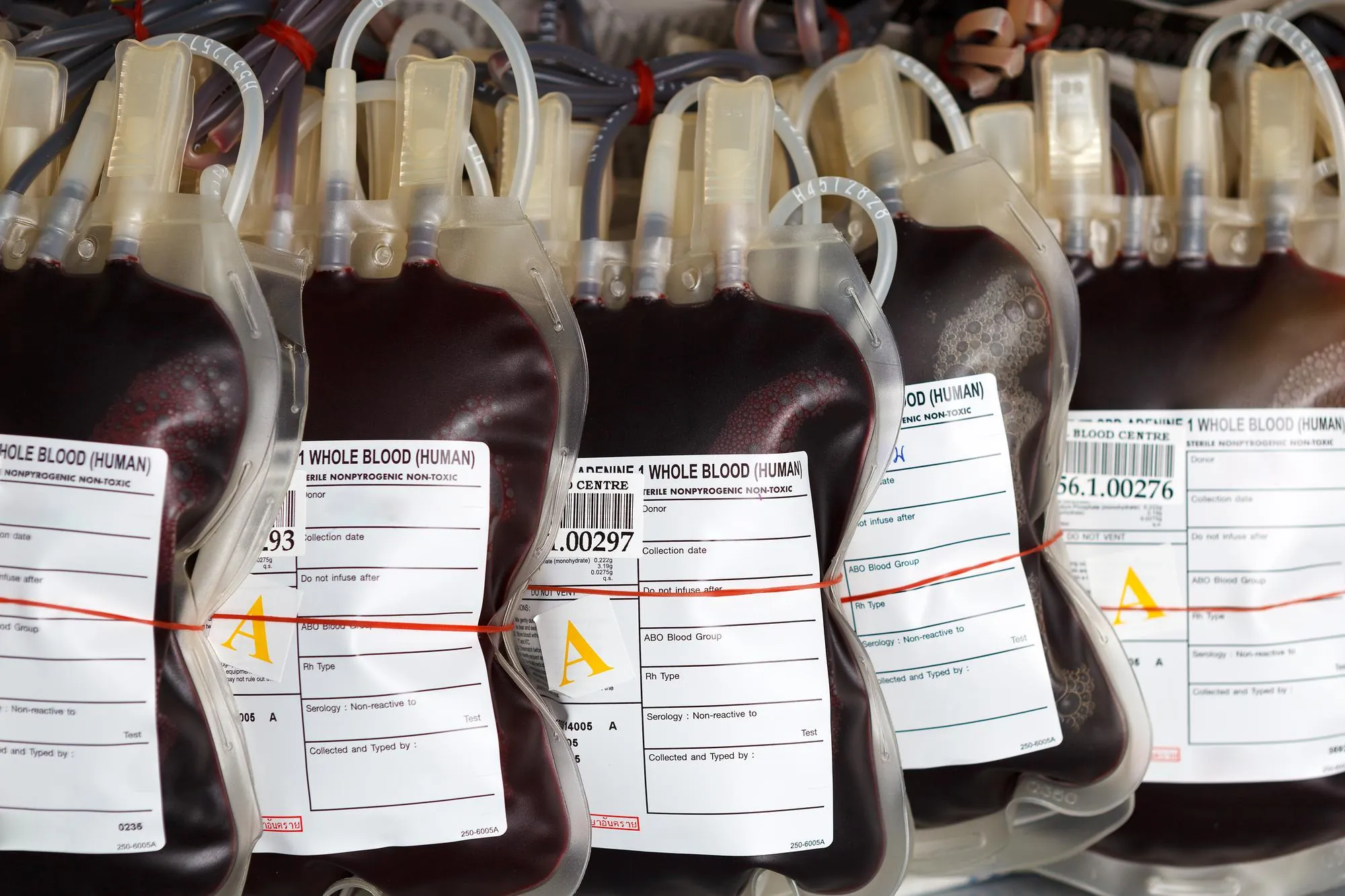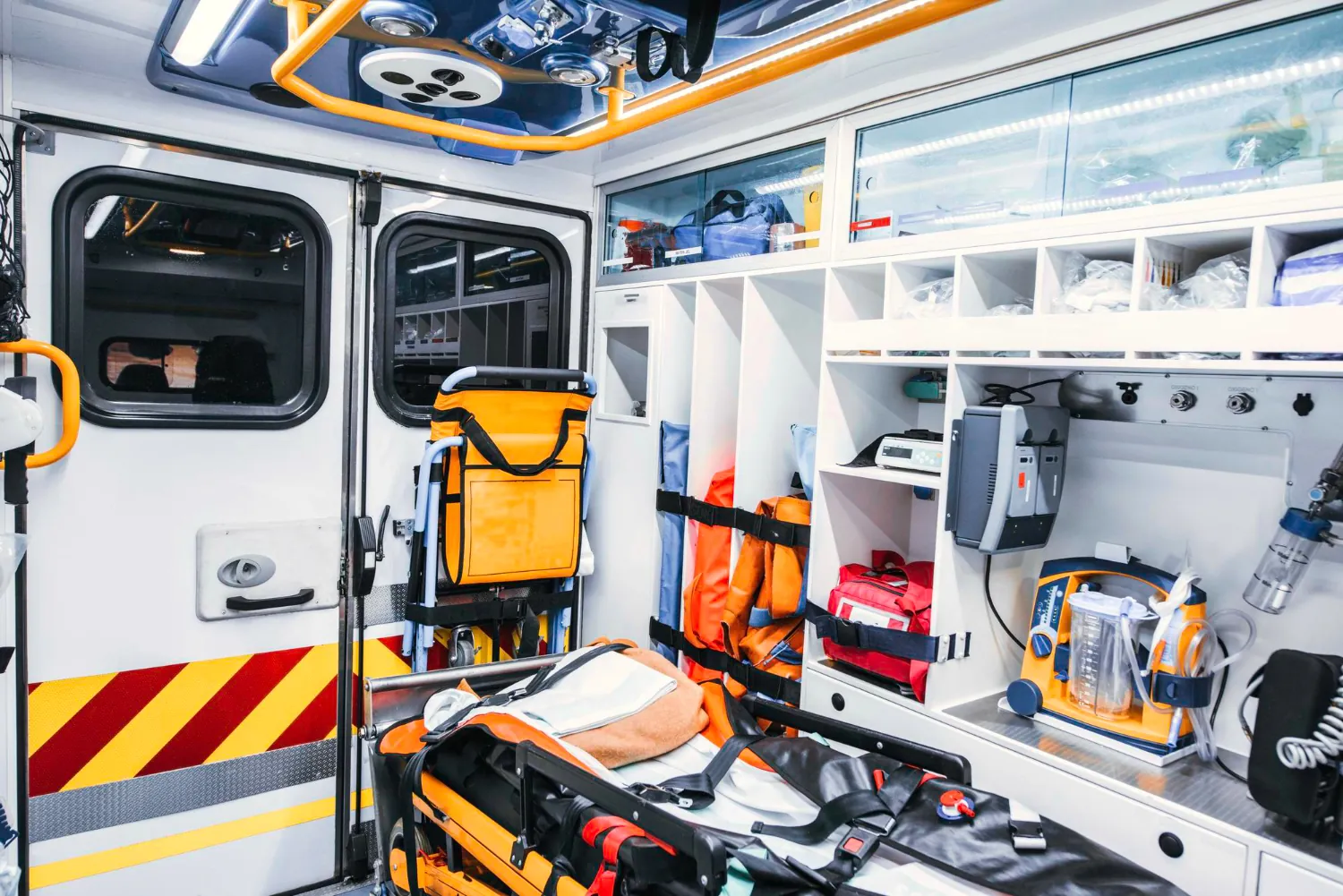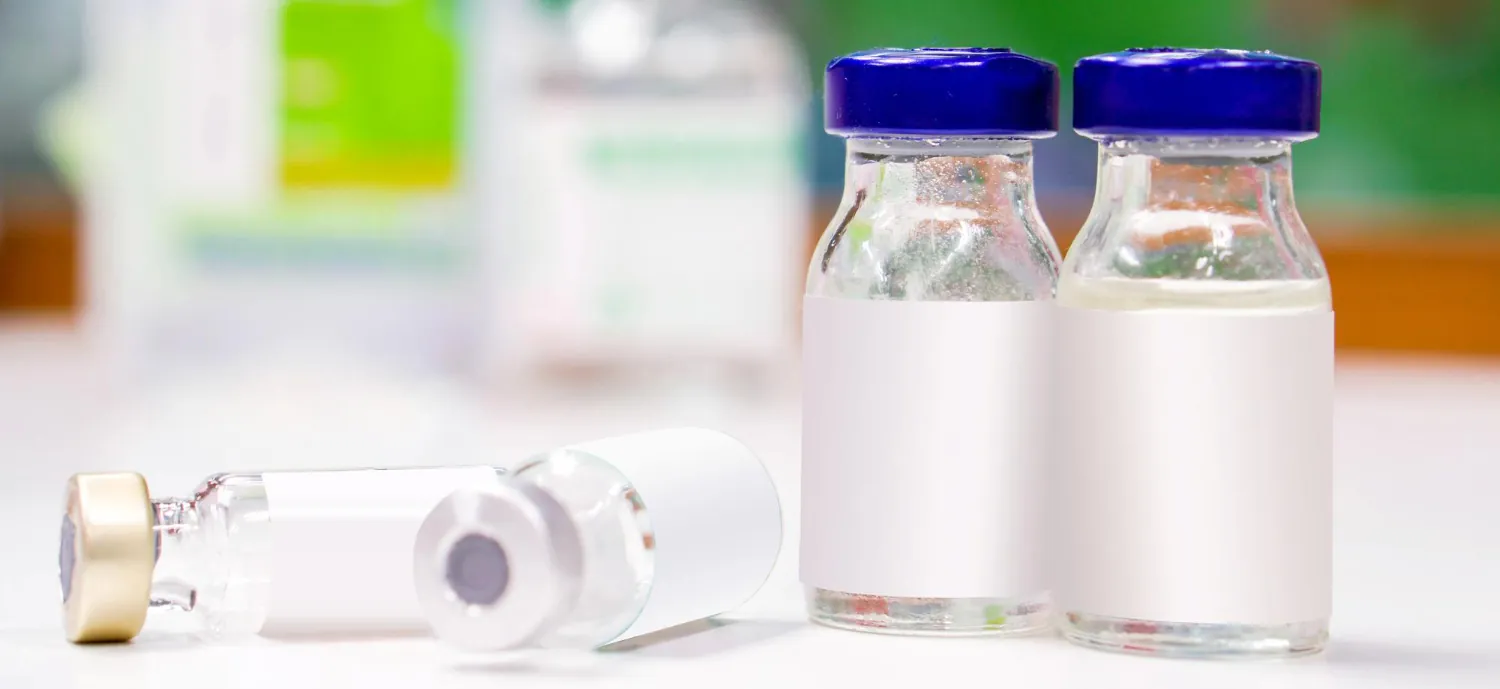Preventing Drug Diversion with Accountability

No one likes to think about it but preventing drug diversion is the responsibility of anyone who works with controlled substances. Diversion refers to the illegal misuse and distribution of prescription medications. Unfortunately, it's one of those things that those working with controlled substances can face.
Work gets busy, stressful, and hectic in medical, veterinary, EMS, dentistry, and related fields. The pressure is high, and there are many ways that drug diversions can occur.
Even if you take steps to prevent drug diversion and believe it could never happen on your team, it's essential to recognize the various ways it can occur to protect your practice and your patients.
Drug Diversion: Serious Consequences
Regardless of your confidence that you'll never have a diversion in your agency, it's essential to realize that it can happen to anyone. The more accountable you hold your team, and the better your management practices emphasize diligence, the better you'll be positioned to defend your organization regarding narcotics management questions.
There are many horror stories of controlled substance diversion in the news. The consequences of negligence can be dire both for the person diverting the drugs and the agency in charge. Diversion puts your entire organization at risk of hefty fines, legal consequences, and the loss of licensure, not to mention the ruin of your reputation.
But even more dire, drug diversion puts your patients at risk too. In some cases, responders and professionals who have diverted drugs have replaced them with saline, diluted them, or taken them from emergency response inventory and kits. These actions leave their fellow responders empty or short-handed when they need effective treatment options the most-not realizing their effort to treat a critical patient was with a maliciously created placebo.
Diversion isn't just limited to EMS, either. It happens in veterinary medicine, wildlife work, dentistry, and other areas where people can access scheduled controlled substances. Preventing drug diversion is the responsibility of everyone who works with controlled substances or oversees medical practices where narcotics are handled.
So why does diversion occur? There are many reasons, but most of us can recognize what motivates people to take these unfortunate actions. Caring for patients is stressful and high-pressure. When you face life-and-death situations every day, it can take a serious toll on mental health. Substance abuse is a big problem that many people battle-even professionals.
There are also economic factors. Controlled substances have a high resale value, and many people who divert drugs do it for the money. Obviously, the fines and financial consequences can be terrible, but some people bank on the idea and hope they won't get caught.
This comes down to the real underlying cause of diversion-accessibility. When people have easy access to controlled substances, the temptation to divert, steal, and sell (or use) the drugs becomes too high. The key to preventing drug diversion is to put stopgap measures in place by running tight tracking and reporting procedures. As the manager and overseer of your practice, you should know where every drug is at all times-with no question.
DEA Reporting Requirements
The United States Department of Justice's Drug Enforcement Administration (DEA) is a federal law enforcement agency. The agency oversees the prevention and prosecution of drug trafficking and drug distribution.
Since its creation in 1973 under President Nixon, the DEA has overseen the Controlled Substances Act, which determines which drugs and substances are legal and illegal. The agency monitors the distribution of controlled substances through reporting and oversight.
Every agency that handles controlled substances, no matter the purpose, is required to track and report these substances to the DEA. Agencies must also report the disposal of controlled substances and any loss, theft, or suspected diversion.
Regulations are so tough that registrants are required to notify the DEA within one day of discovering that loss or theft has occurred. The DEA also requires agencies to report and track controlled substances with details such as the product name, dosage, and quantity.
The agency runs tight scrutiny on drug diversion. They regularly post the details of investigations on their website via press releases. While it can be unsettling to realize the many ways that diversion can occur, it's also crucial for anyone overseeing a practice or organization to recognize the risks and the consequences of drug diversion.
So, what exactly are the consequences of drug diversion? Fines can vary widely but start at $14,502 per violation and build from there. The penalties for reporting violations can be economically devastating for a small practice like a veterinary office. Should the diversion and distribution of drugs get tied back to your practice, it could be even worse, costing your license and resulting in incarceration.
Drug diversion isn't a topic to be taken lightly over overlooked. Yet, in many practices, tracking narcotics gets put low on the priority list. If your agency uses paper tracking, it can be inaccurate and inconvenient. During busy shifts with multiple hands on deck, it's easy to see how diligent drug tracking slips through the cracks.
If you're trying to piece together the puzzle after-the-fact, tracking is likely to be less accurate and more challenging to control. Tracking can be even more challenging if you have workers in the field, such as wildlife professionals or those in search-and-rescue.
Using pen and paper to track narcotics is like driving without a seat belt– once something goes wrong, it's too late to adopt a better practice.
LogRx: A Solution for Preventing Drug Diversion
Exploring the consequences of drug diversion isn't meant to be frightening, but it's crucial to be aware of how diversion happens, the consequences, and the rationale for tracking controlled substances carefully.
Accountability keeps everyone honest. A clear drug tracking system will help you identify areas of concern immediately. It also makes diversion difficult and reduces the temptation of a crime of opportunity.
Even an innocent failure to accurately track controlled substances or a mistake in reporting can result in fines and legal consequences. These results make it clear why an investment in LogRx-an affordable, easy-to-use drug-tracking solution-is well worth it. By helping you avoid potential fines, or worse, the affordable system quickly pays for itself.
More critical than saving on potential fines, tracking your controlled substance inventory ensures they are available to treat your patients and keep them healthy; after all, isn't that why you carry them? Because LogRx allows an easy overview of inventory quantities, locations, and expiration dates, there's never a concern about expired drugs or misplaced items on your unit. When you get the call, you'll know that you have the vials on hand to treat your patients-no surprises.
The concept for LogRx came from EMS and medical professionals who worked right in the field. As LogRx evolved, we also recognized it as an excellent solution for veterinary and wildlife professionals. LogRx works in the field conveniently, with no specialized equipment required.
How does LogRx work? It turns your existing smartphone or tablet into a handheld reader. You can simply scan the tracking stickers on any bottle or vial to track and report in mere seconds. Unlike paper tracking, LogRx is convenient and easy to use. LogRx even allows you to use your fingerprint and Face ID to perform actions.
Working in the field? No worries-LogRx can work offline too. For wildlife professionals, air transport, and search-and-rescue personnel, LogRx allows them to track in the field and upload the details and data when they get back in range of service.
Better still, LogRx features a convenient admin portal dashboard where administrators can have a real-time view of exactly what substances are on-hand and where each item is at any given time. You'll know when inventory runs low and avoid missing an expiration date. Track every item easily, quickly, and efficiently, run reports, and head off any problems long before they escalate. LogRx provides a much higher level of accountability than other options and significantly reduces staff time managing your inventory. It's the best option for raising the bar in your organization.
While we should all be concerned about preventing drug diversion, LogRx makes tracking-controlled substances easy, accurate, and hassle-free. It adds the extra layer of accountability and oversight to ensure that diversion doesn't become a problem on your team. Moreover, it allows you to easily comply with all DEA reporting requirements to protect your patients and your practice.
If you'd like to know more about LogRx, reach out today. Our team understands the unique needs of medical responders, and we're ready to help you stay safe and accurate.
Categories
Recent Posts
- LogRx and Knox: How LogRx Integrates with EMS Medication Lockboxes
- Connecting Community and EMS: 7 EMS Community Outreach Ideas
- Projecting Professionalism: Why EMS Uniforms Matter
- EMT Off-Duty Response: What You Should Carry Everywhere
- Basic EMT Trauma Assessment Scenarios: Gearing Up for Certification
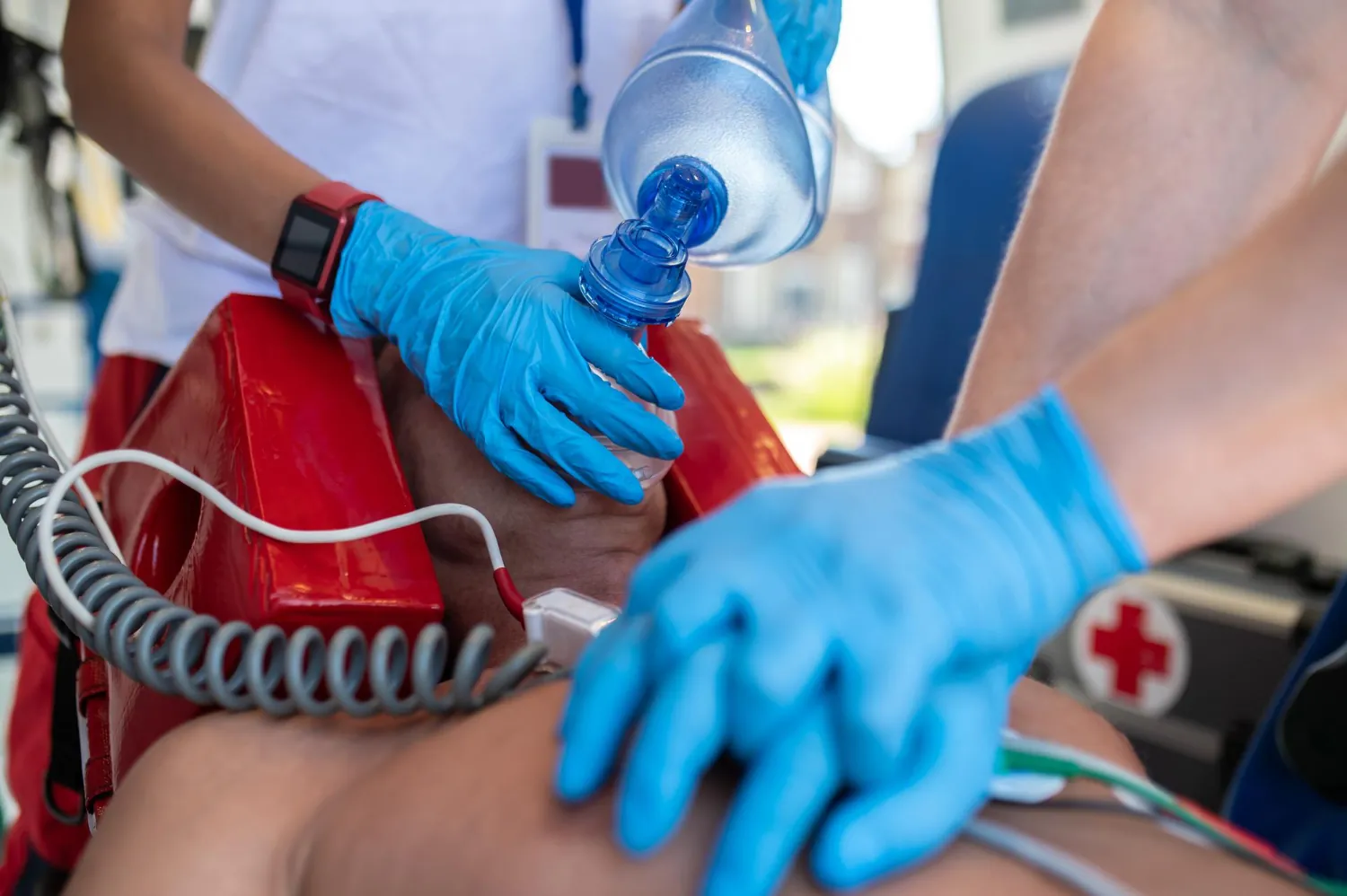
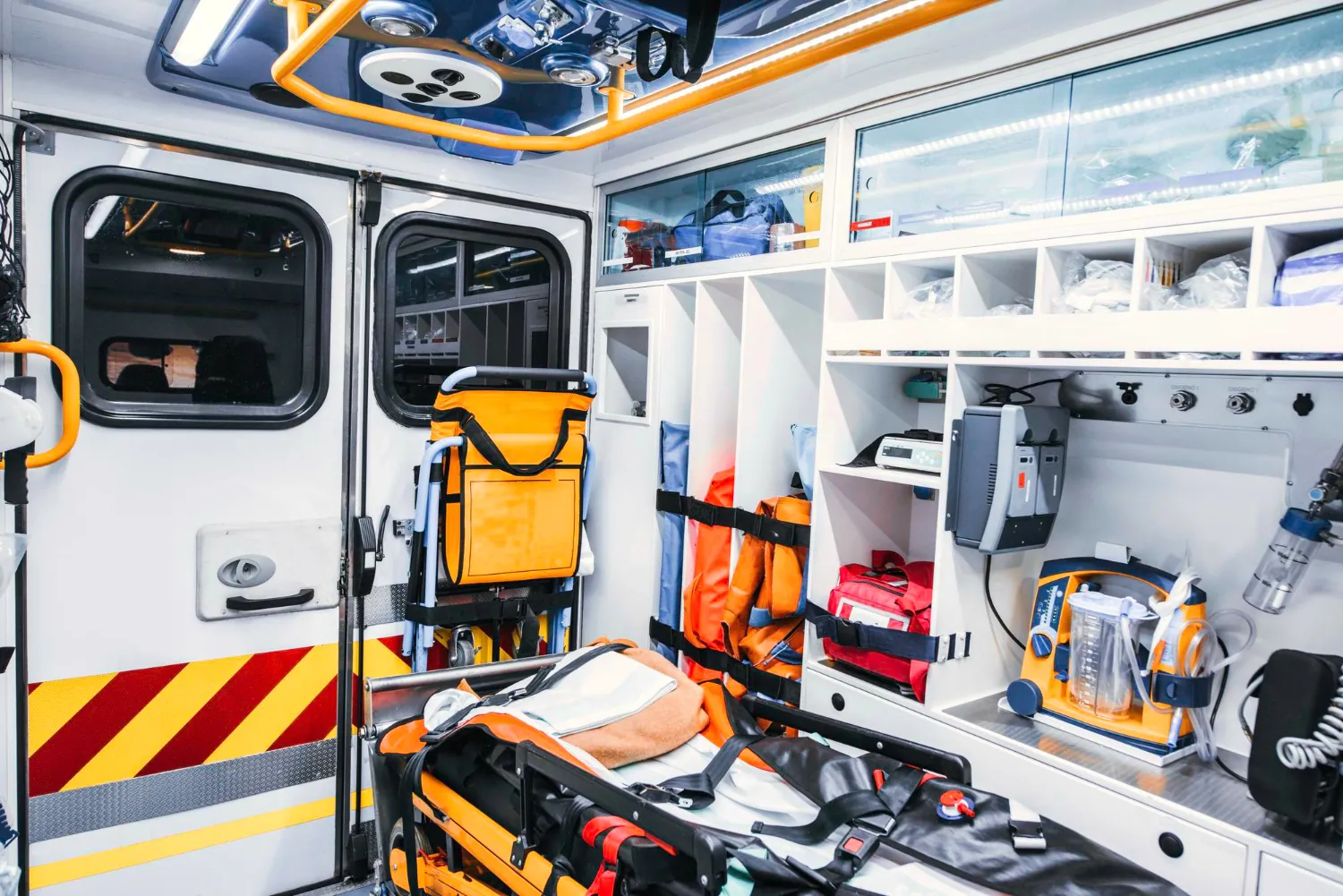

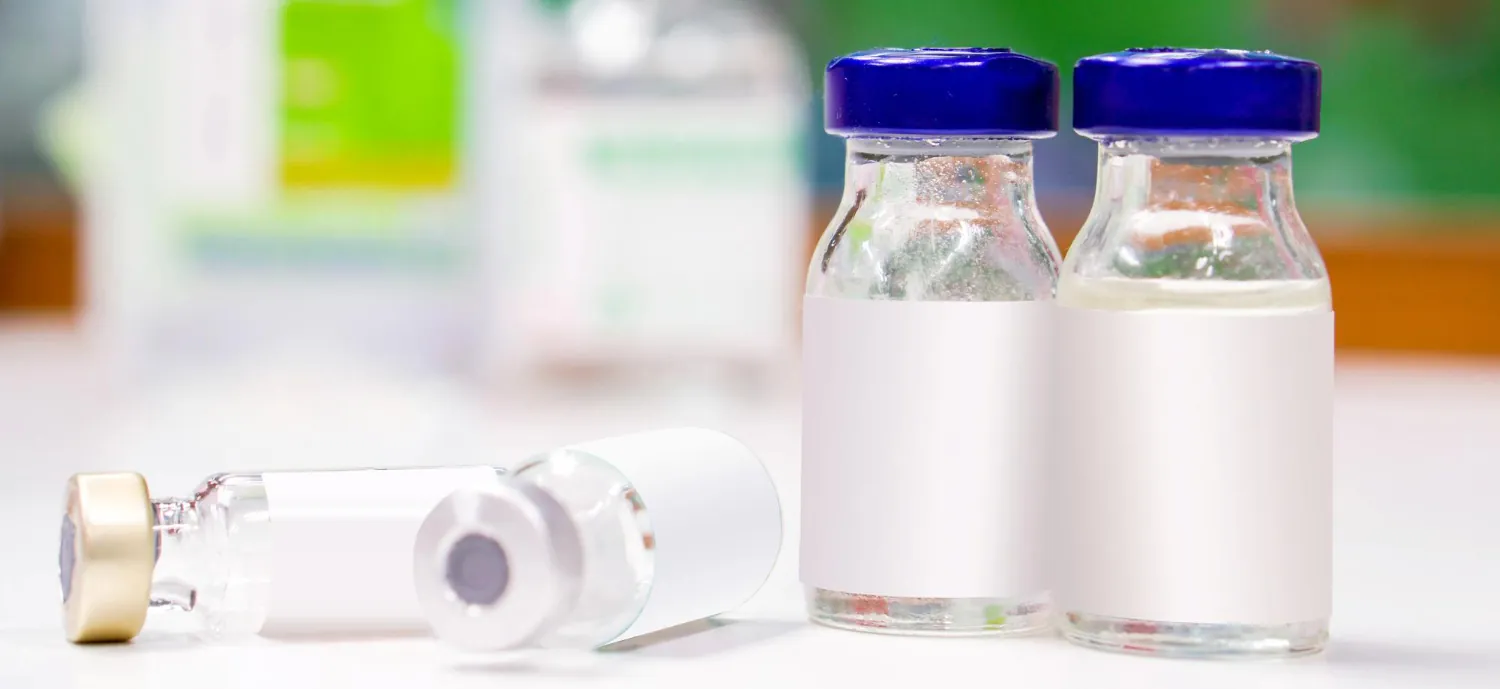
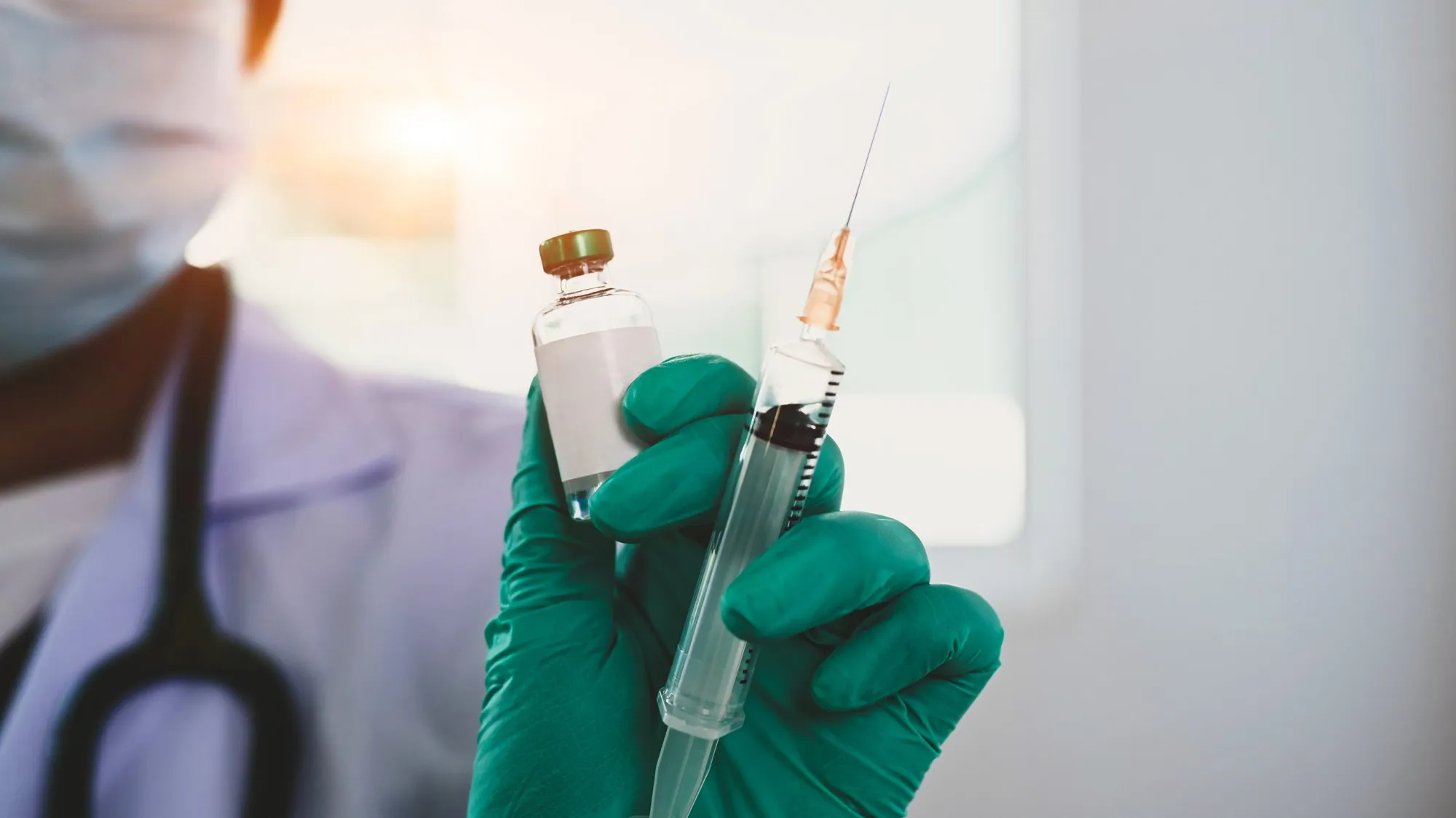
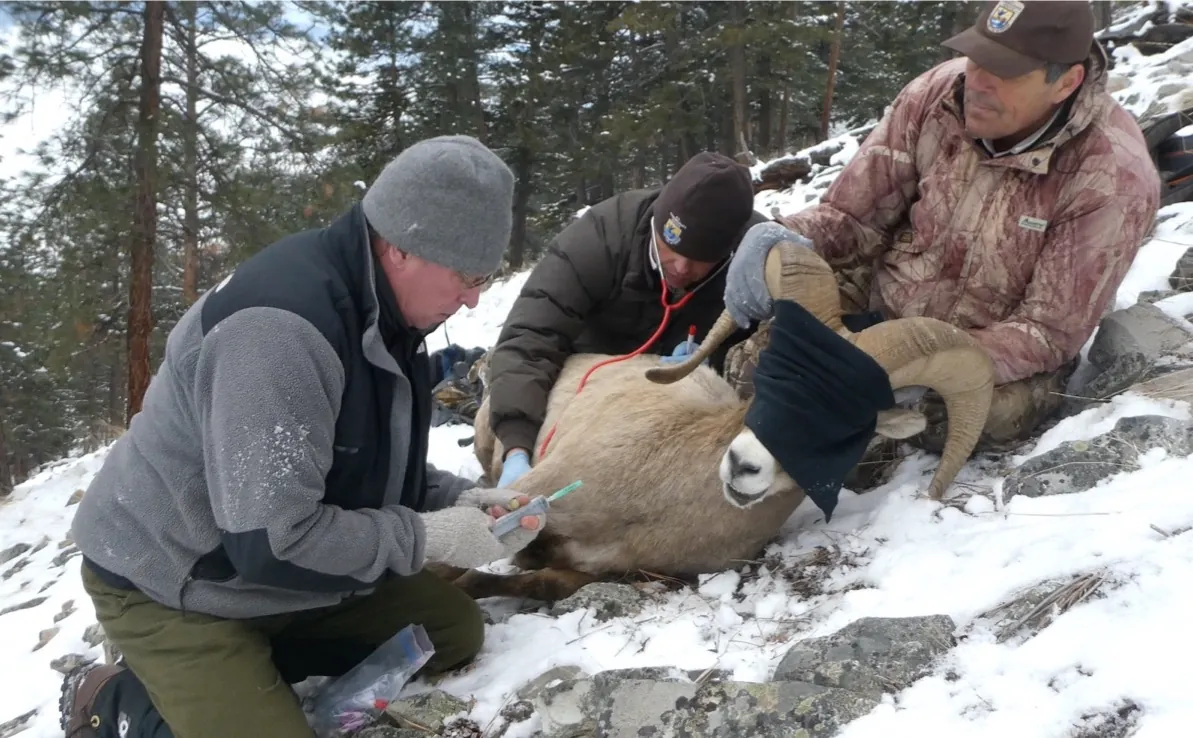

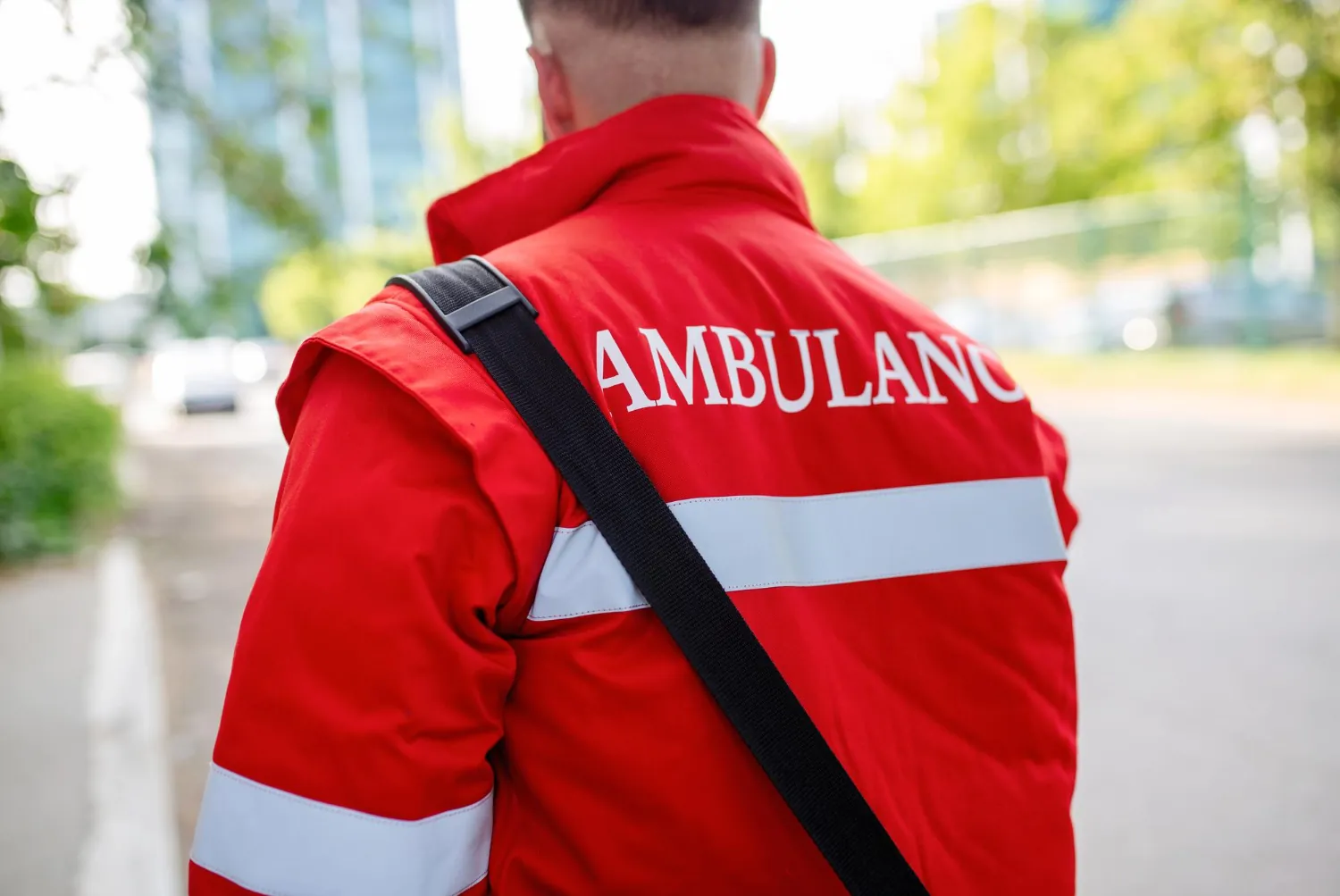

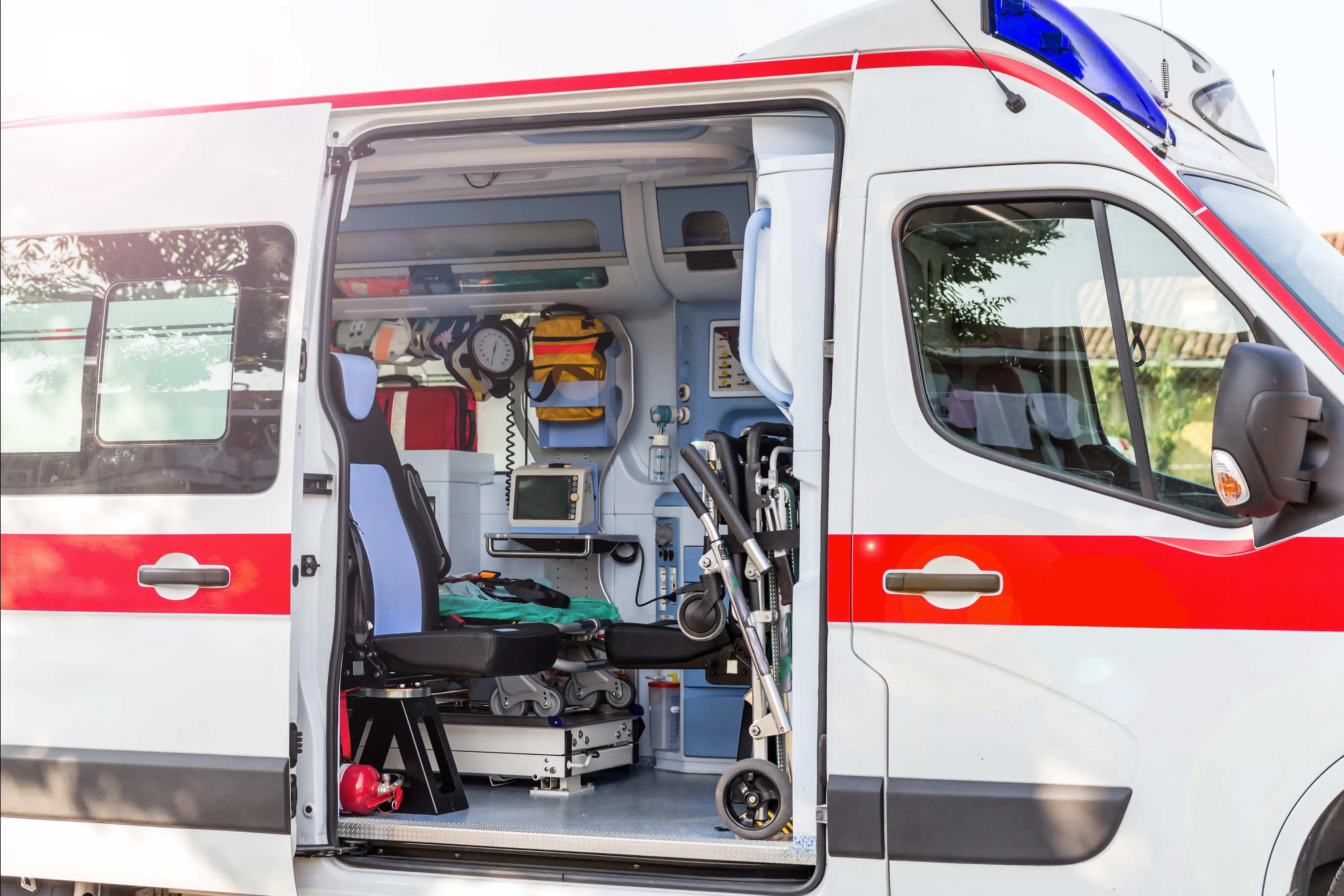


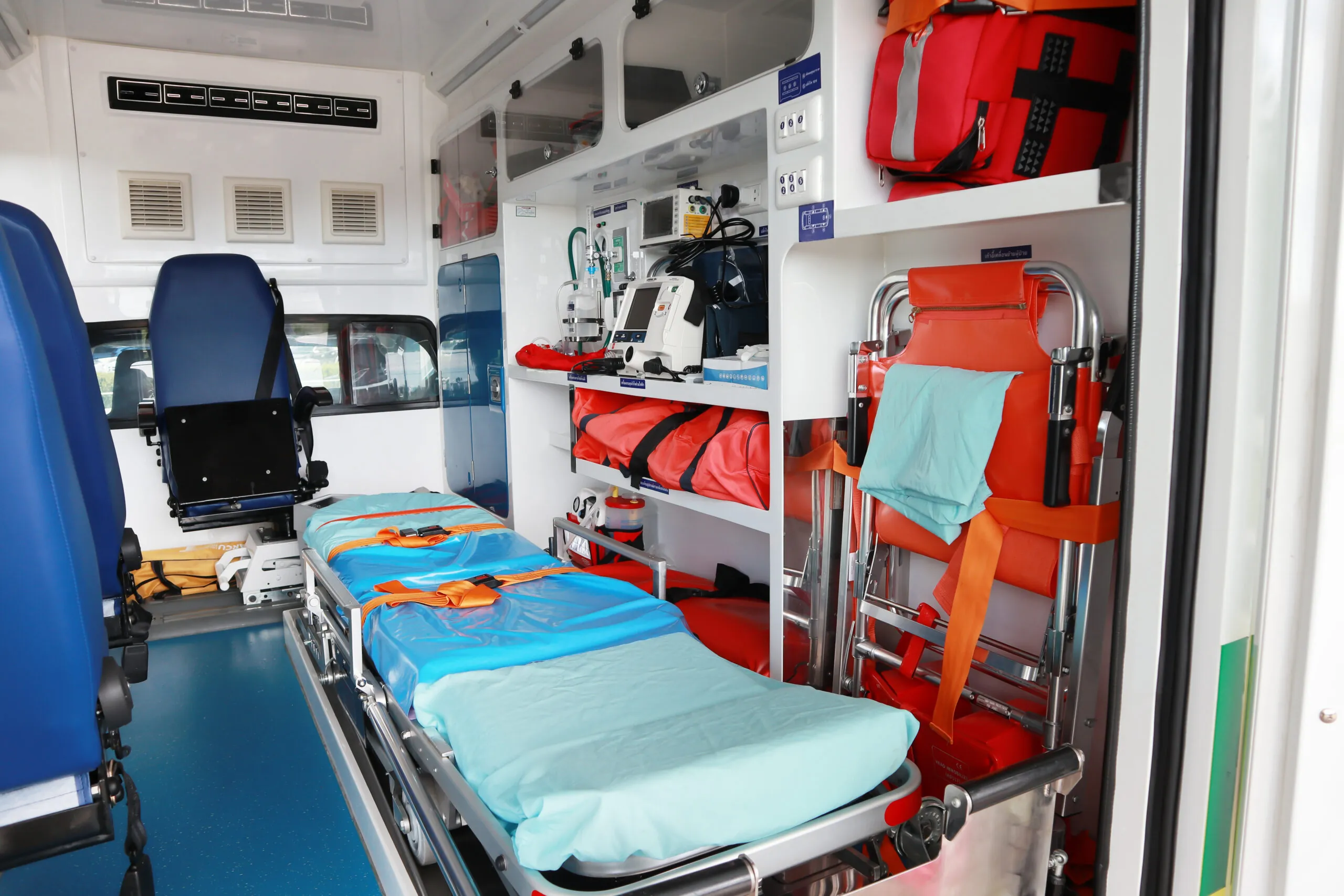


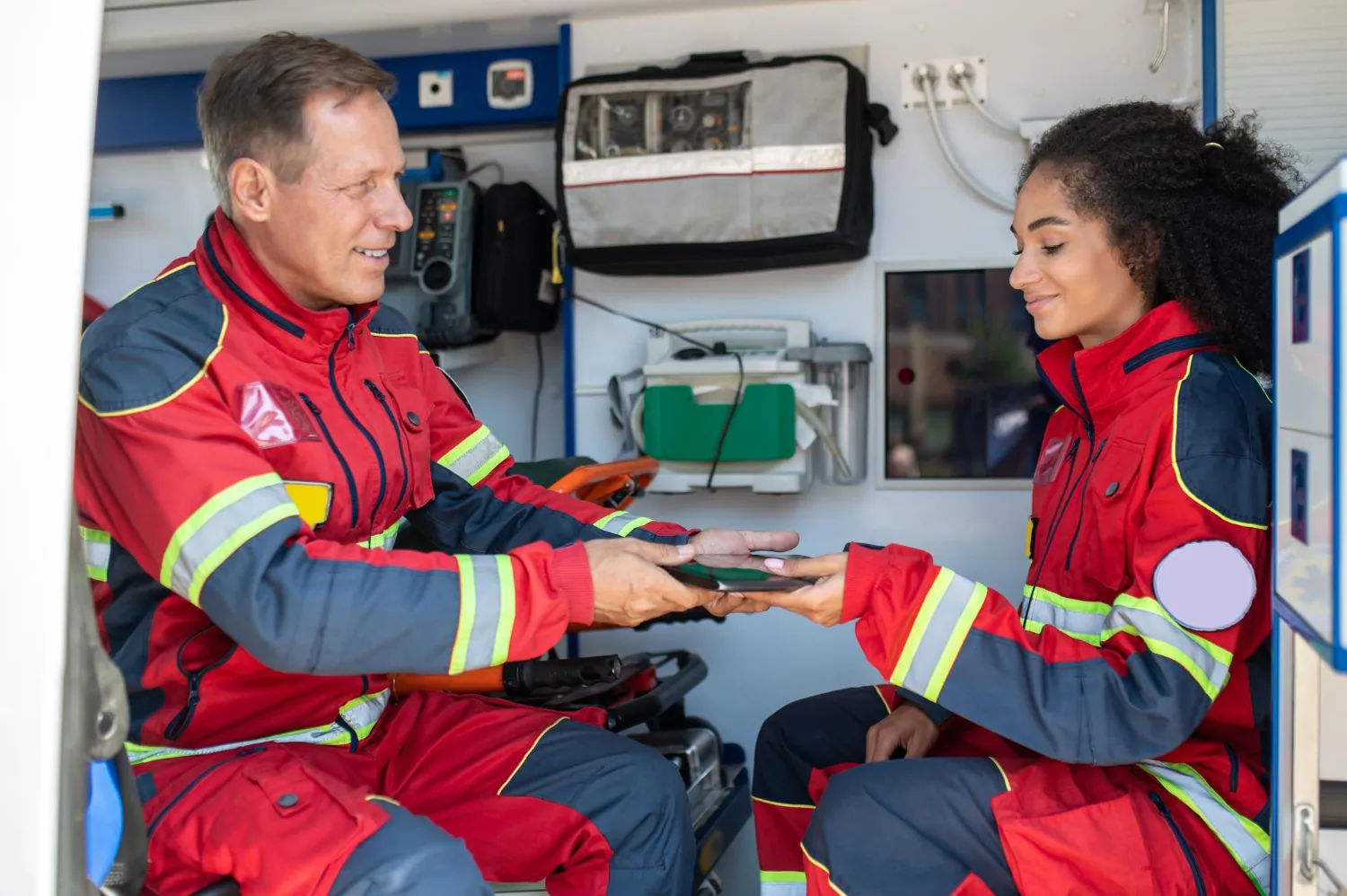
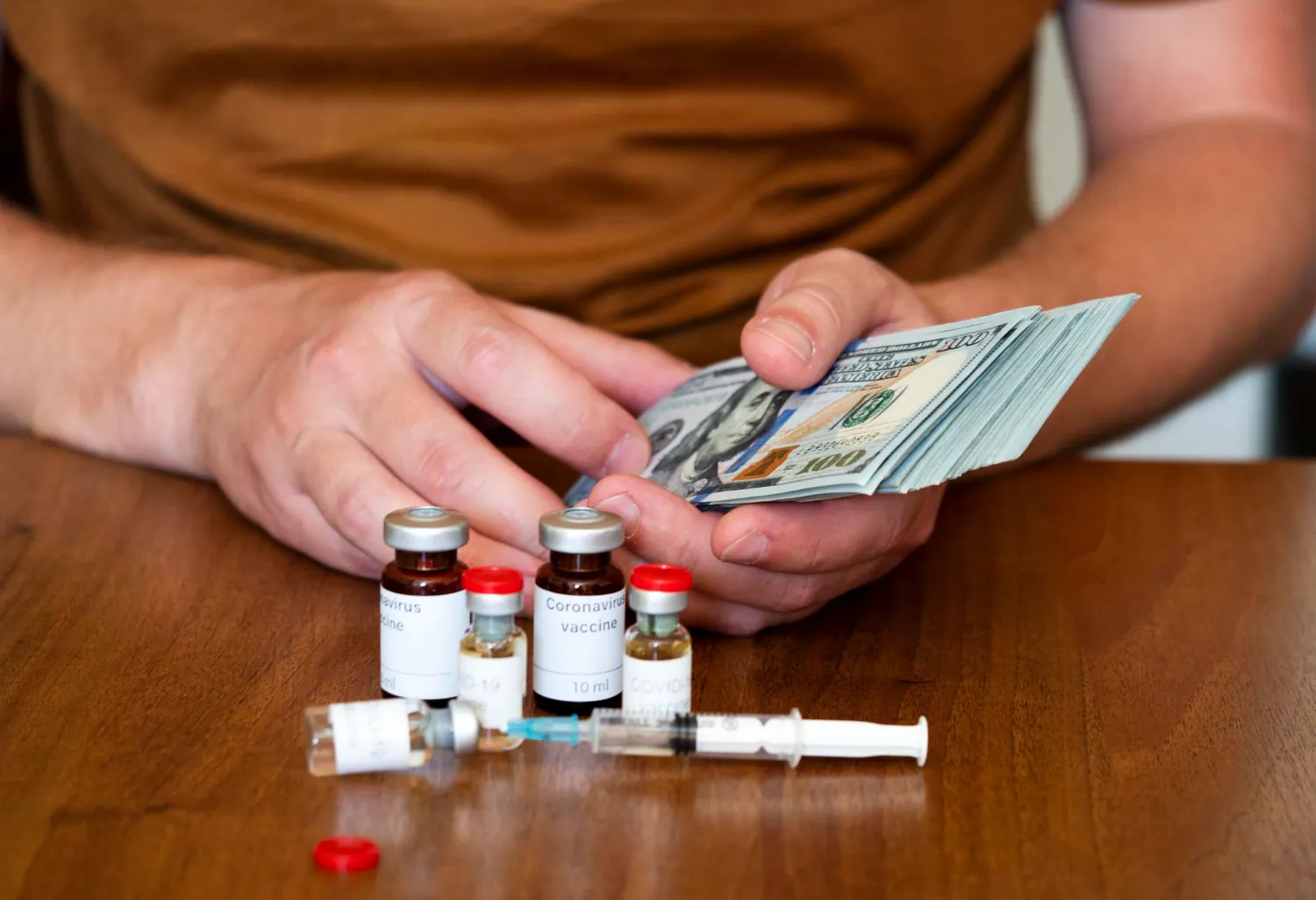

.webp?t=1764979109380)

